How we test and review PC components at Windows Central
We strive to produce independent, honest, and in-depth reviews. It all starts with our testing procedure.
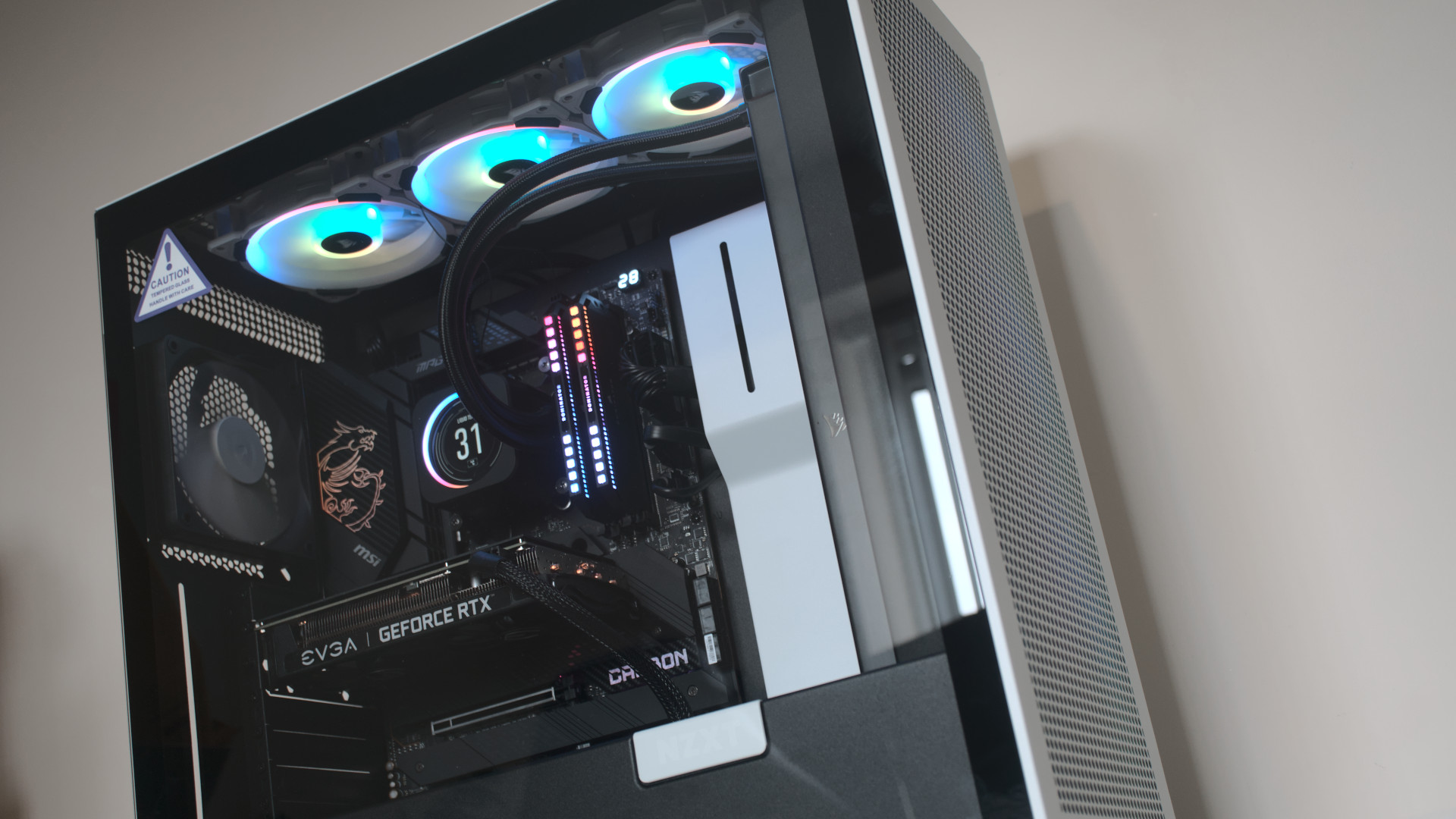
We test a variety of PC components at Windows Central, from power supplies to processors and everything in between. If you're looking for a review on a specific part of a PC, there's a very high chance we've published a few. In order to produce high-quality, independent reviews, we need to ensure we're putting product samples to the test.
This page will run you through a more detailed breakdown of how we review PC components and our current methodology. This guide may change as we adjust our workflow and benchmarking tools based on industry trends and user feedback.
Processor
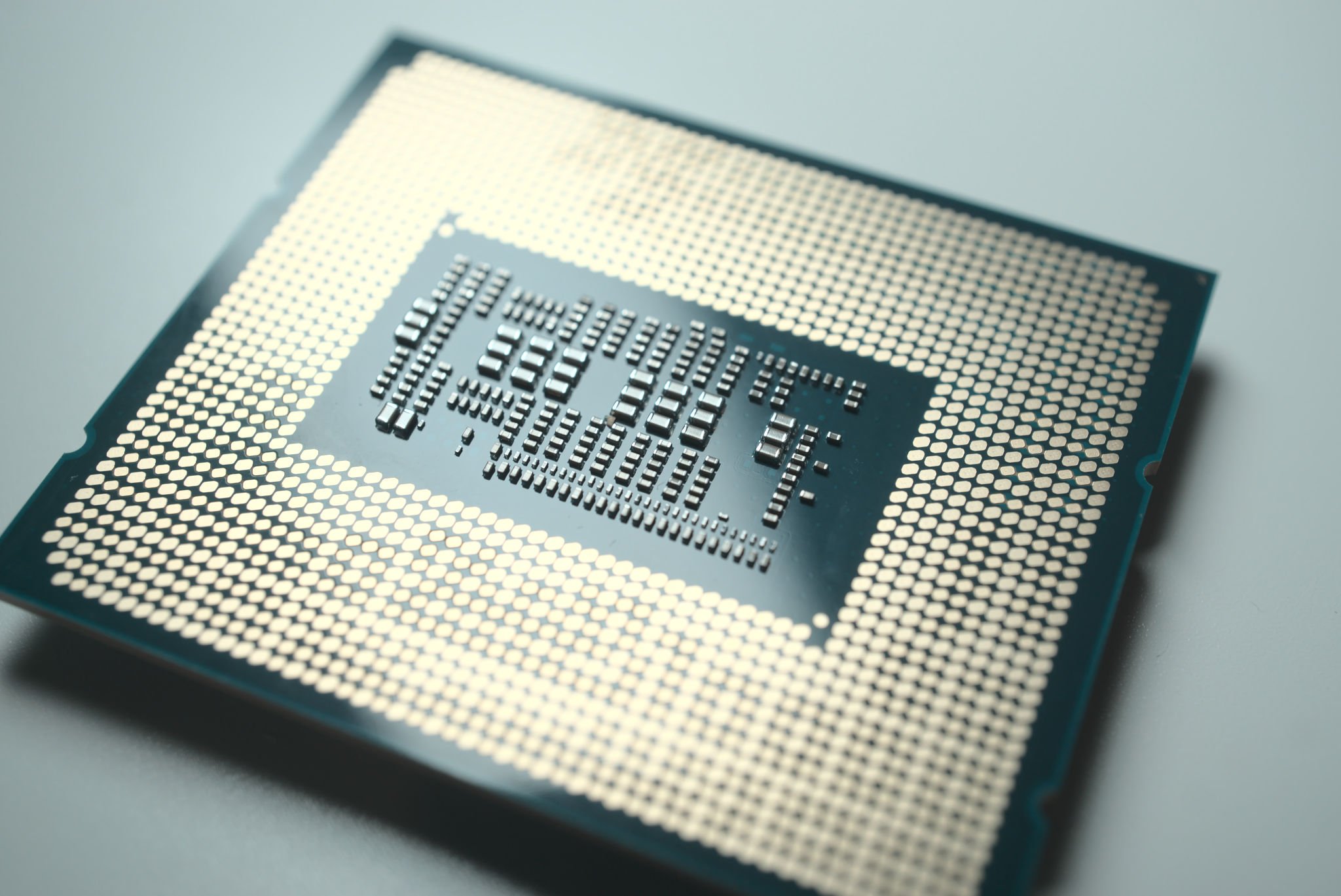
The central processing unit (CPU) is the heart of any PC. It's the part that is responsible for handling the millions of calculations per second to make everything work. Choosing the right one for your PC build is actually more straightforward than people initially believe, and testing processors is also rather simple.
We utilize a number of benchmarking tools (CPU-Z, 7-Zip, PCMark, Cinebench R23, Geekbench, etc.) to provide raw data on the capabilities of a particular CPU and compare this data against other processors. This provides a clear indicator as to where that particular processor lies in the table. The better the results, the higher our score, also taking into account price, stability, heat output, and other factors.
Overclocking is becoming more mainstream as motherboard manufacturers make it easier than ever before to push the processor beyond its factor-set limits. We test the overclocking capability of all processors, using a 360mm AIO liquid cooler for maximum performance.
Motherboard
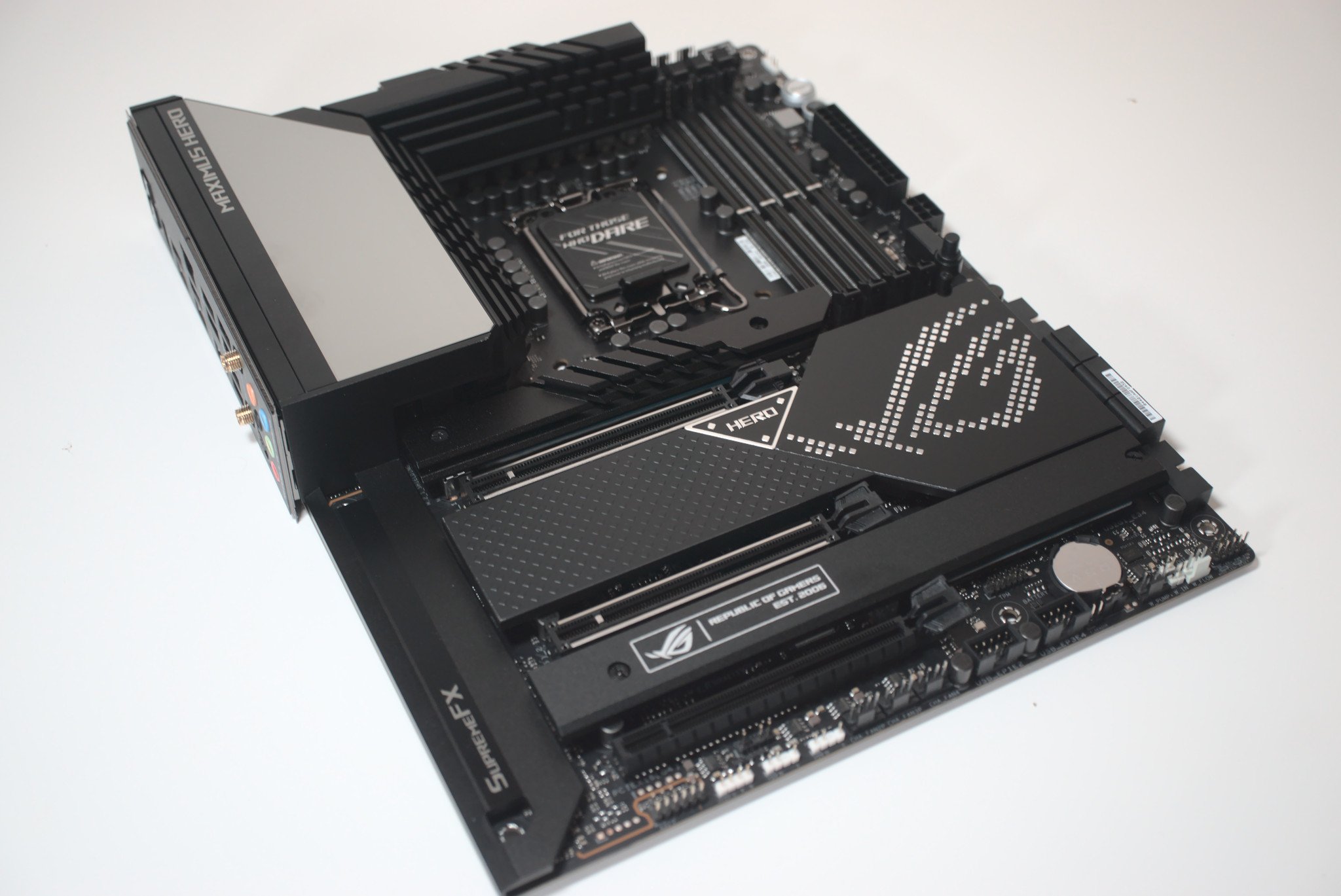
Motherboards follow our processor testing methodology with regards to performance using various benchmark and stress tools. But we also go one step further to compare all the thousands of boards out there. We look at design and what technologies the motherboard supports.
Header placement is actually incredibly important, but is often overlooked. So too is the number of internal USB ports, M.2 slots, and what kind of power phase design is present for supplying clean and reliable electricity to the processor. Rear ports are also factored in, most notably USB and LAN connectivity.
Get the Windows Central Newsletter
All the latest news, reviews, and guides for Windows and Xbox diehards.
The design of the board itself doesn't really affect our review score unless it's an ugly green PCB, but will provide marks for companies looking to go outside the norm and try something a little different. The most important part of a motherboard for most is the BIOS and we make sure it's easy-to-use, powerful, and stable.
Graphics card
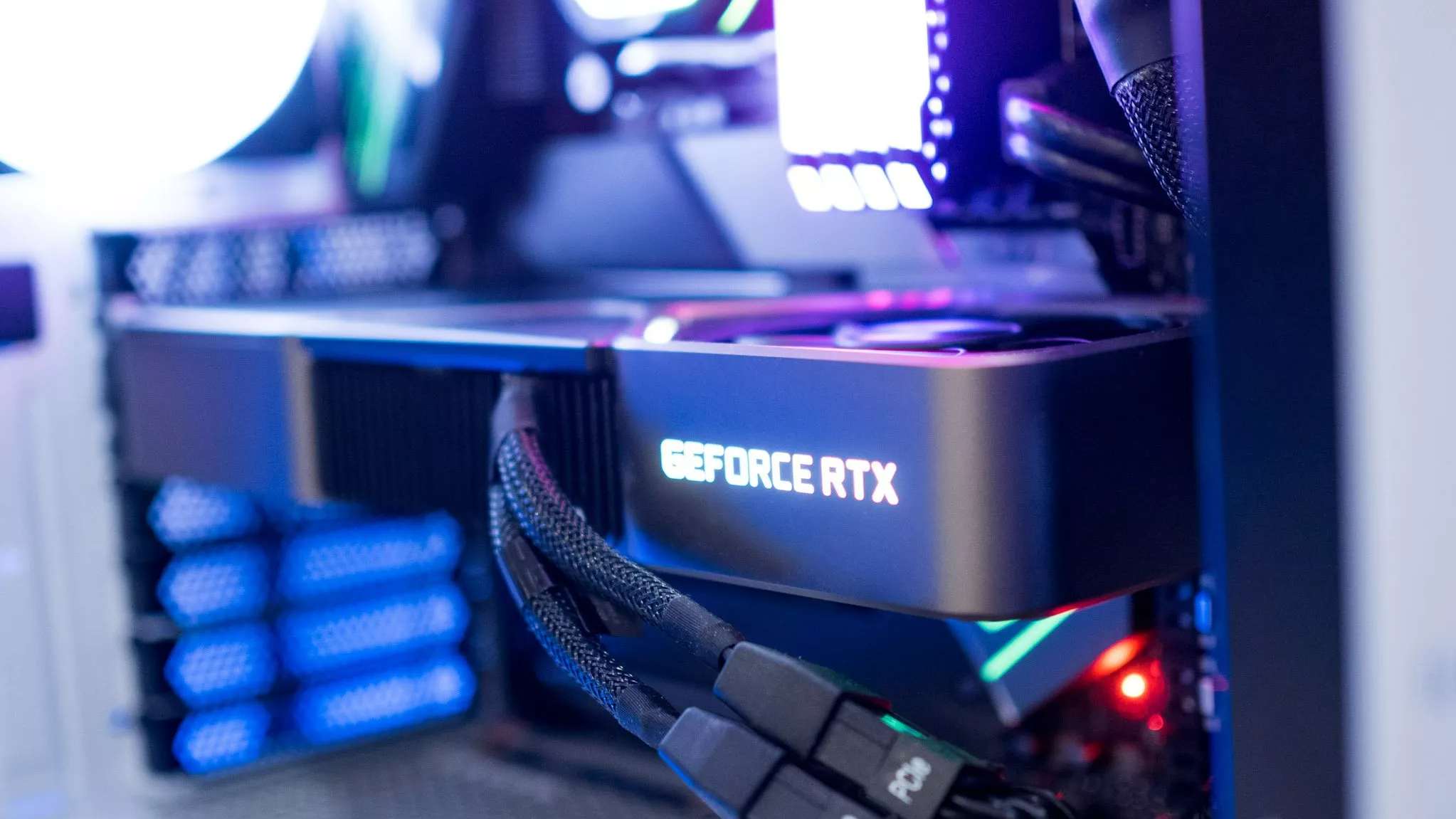
The graphics card (GPU) is what's primarily responsible for driving visuals to an external monitor. If you're frequently playing games or utilizing creative software, there's a high chance you're making good use of your GPU. This is probably the easiest component to review and purchase since it's all about performance.
To test the performance of a graphics card, we run popular benchmark tools, namely 3DMark, to see how the card performs under various loads. We're actively monitoring thermals to see how the aftermarket cooler handles the heat output, as well as power consumption. All this is factored in to provide a GPU review score.
Case
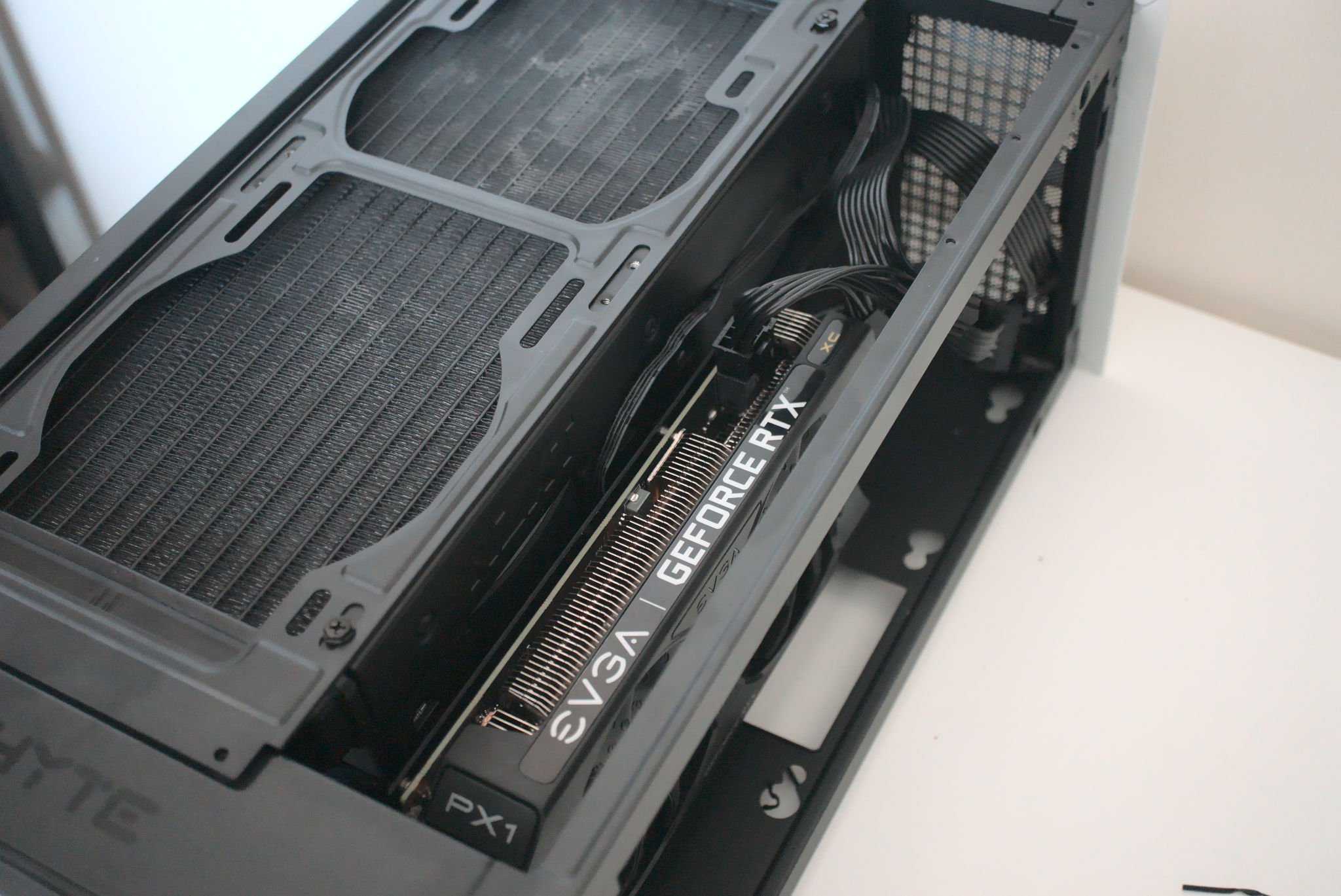
The PC case is probably one of the more subjective choices you'll make for any PC build. This is what will largely determine the sort of theme you'll go with unless you plan to modify it physically. With this in mind, we rate PC cases with an emphasis on features, ease of use, and thermal performance over outright looks and design.
For features, we're looking at the front I/O, what cable management (if any) is present behind the motherboard tray, what radiator sizes and the number of fans the chassis supports, as well as unique design elements that also serve a function.
Thermal performance is measured using the same test rig setup with all fans set to 50%. We run three tests, one with the PC idling on the desktop, another in a few games (with an average temperature reading), as well as a CPU and GPU stress test.
Storage
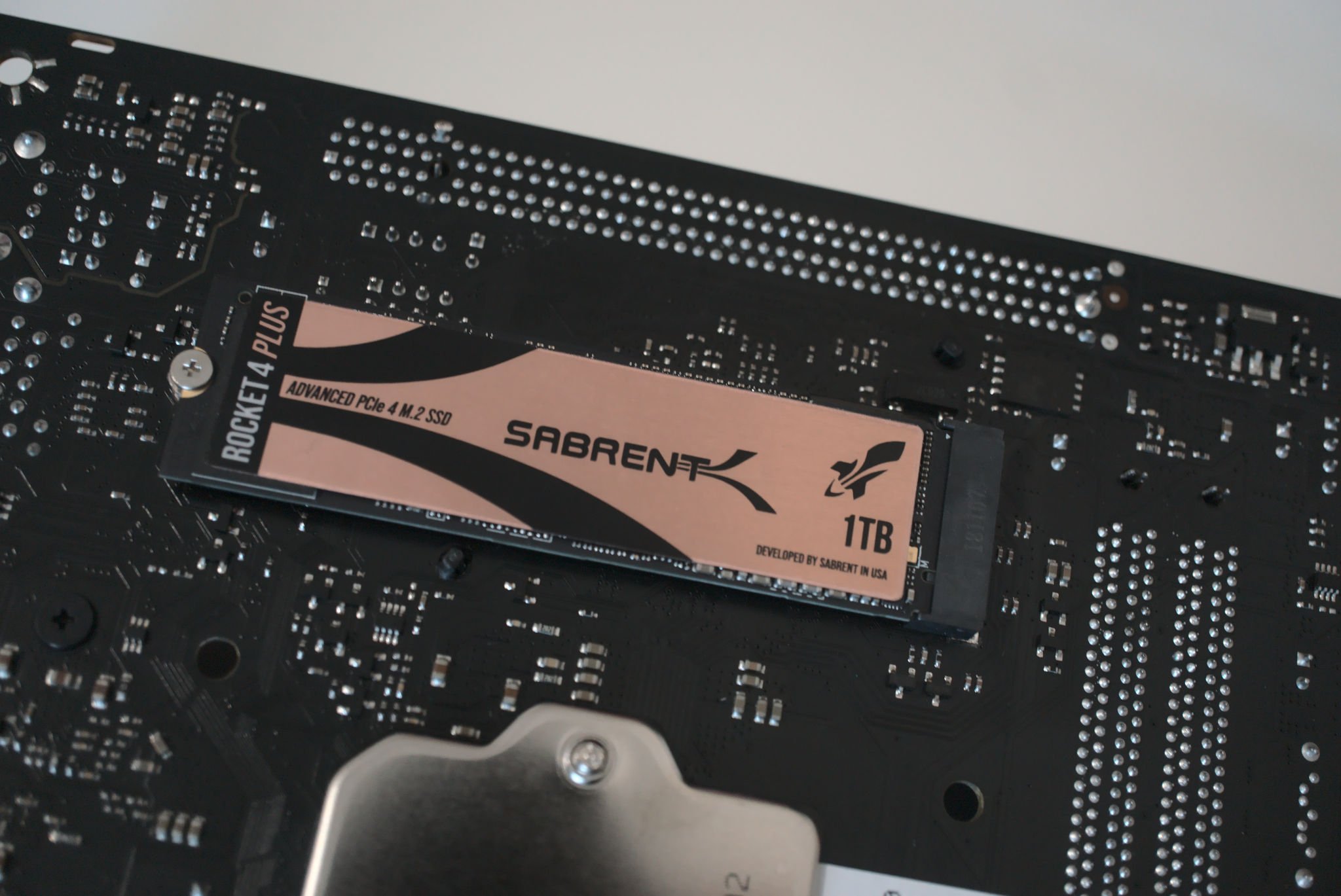
Storage is all about the data transfer rate. The higher the bandwidth an SSD is able to sustain under heavy load, the better the storage drive is. We put SSDs to the test with large and small file transfers to simulate real world use, as well as a few benchmarking suites (CrystalDiskMark, ATTO, etc.) real-world to really push the boundaries.
This data is then compared against other drives on the market, which heavily affects the overall score, taking into account pricing and thermal performance (SSDs are known to thermal throttle, especially those that support the PCIe 4.0 standard).
RAM
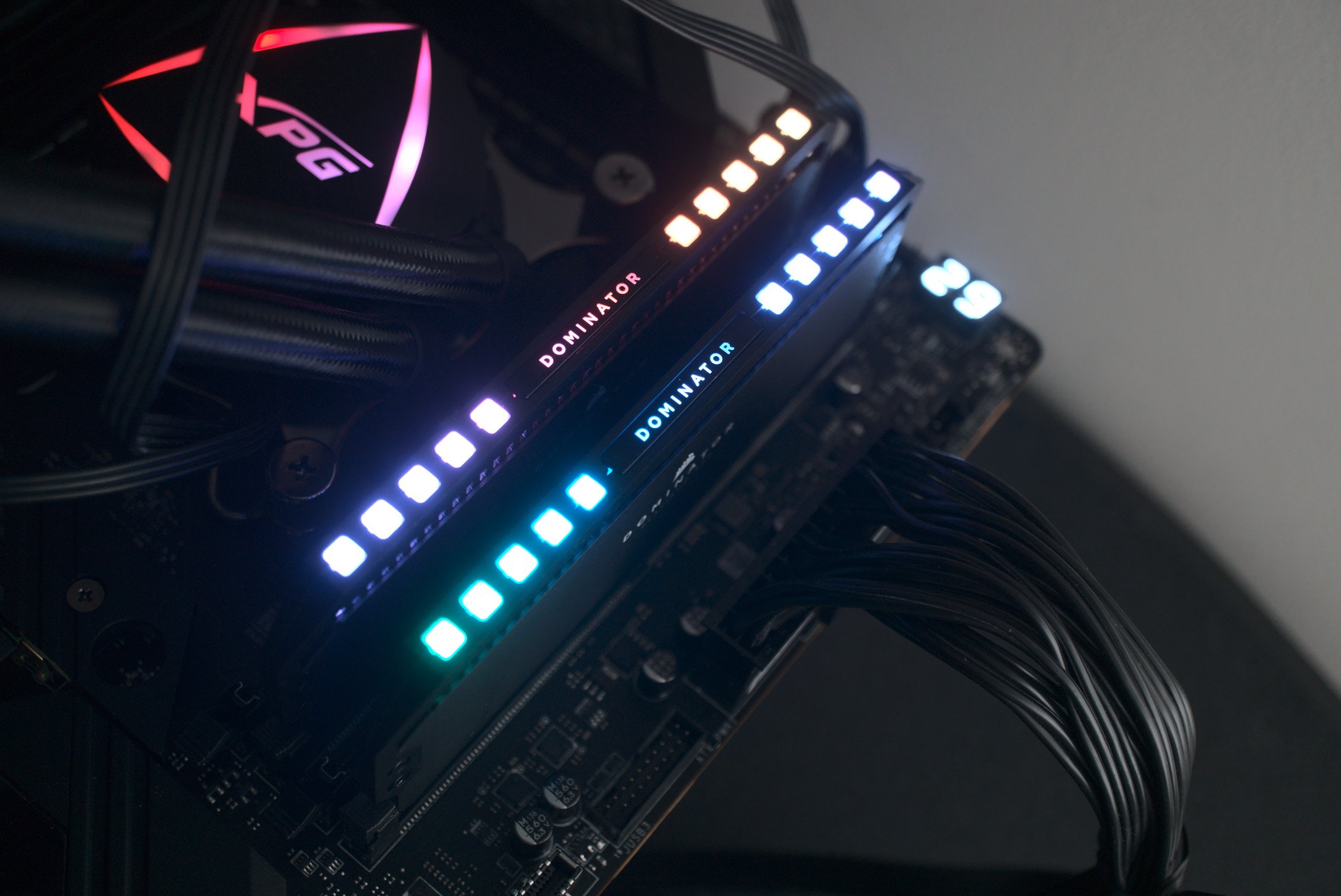
RAM is what your PC uses to store data to quickly access on the fly. Think open programs, games and other recently accessed data. Your OS will take all this from your storage drive and load it into RAM, which has far more bandwidth and higher transfer speeds than even the best SSDs out there.
To really test RAM (both DDR4 and DDR5), we make use of the AIDA64 benchmarking suite's memory test. This provides some clear results on the raw performance of the modules, which can then be easily compared against other RAM kits. We also look at XMP profiles and how the RAM handles overclocked settings with stability and power draw.
Finally, we run a number of normal benchmark tools to simulate real-world use, including 7-Zip, Blender, and PCMark. Design, software support, and other physical elements of the RAM modules are then taken into account for the final review score.
Assigning a score
In the end, it all comes down to a single score. Here at Windows Central, we utilize a star rating system for our reviews. A single star is reserved for PC components we strongly suggest you avoid at all costs, while a full five stars indicates we rate the product very highly indeed.
Objective test and benchmark data is combined with the subjective product experience of the write to produce the review score.
- 1-1.5 stars: We cannot recommend this PC component, period. Save your money!
- 2-2.5 stars: We don't recommend you buy this PC component, but it does have some redeeming qualities that may be attractive to some.
- 3-3.5 stars: PC components with this rating are just average, with an even spread of pros and cons. We may not be stoked about this PC part, but it's worth considering and may be just what someone is looking for.
- 4-4.5 stars: Reviews with this score are for PC components that we feel are above average and are definitely worth your time to consider.
- 5 stars: Reserved for dream PC builds. This score is reserved for the most standout PC components in their category for quality and experience. You can be sure that your money will be well-spent with these PC parts.
If you'd like to learn more about our testing procedure for other categories of products we cover here or are interested in our awards, check out our master guide on how we test and review on Windows Central.
Home to the most invested and passionate Microsoft fans, Windows Central is the next generation destination for news, reviews, advice and buying recommendations on the Windows, PC and Xbox ecosystems, following all products, apps, software, AI advancements, and accessories. We've been around for more than decade, and we take our jobs seriously. Windows Central writers and editors value accuracy and editorial independence in everything we do, never receiving compensation for coverage and never pulling punches.

